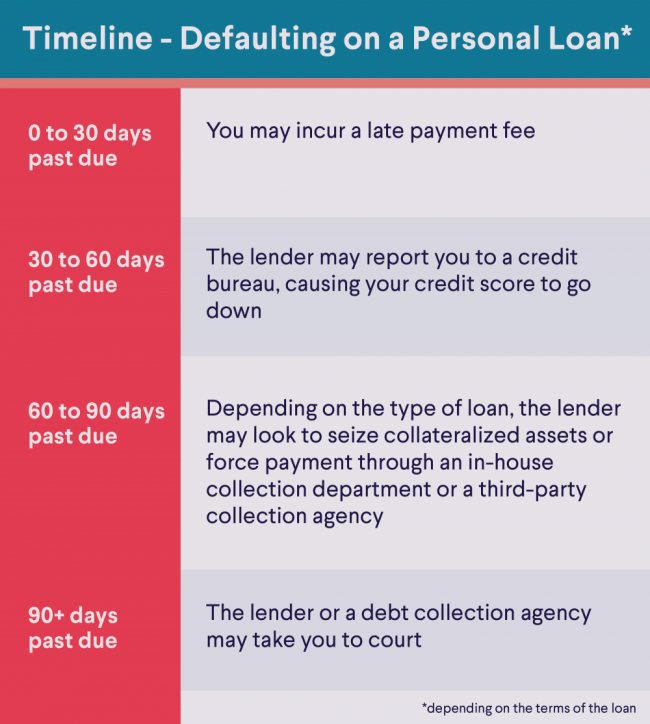Cannabis Investing 101
Investing in the cannabis industry is becoming a bigger area of interest for many investors, as marijuana becomes increasingly legal in different states around the U.S. As more states legalize cannabis use for recreational purposes, investors may be attracted to its growth potential – and the potential to drive returns for their portfolios.
But investing in cannabis carries some significant risks. It’s still a federally illegal substance, for one, and it’s unclear if there’s a path to national legalization. There’s a lot to take into consideration for investors.
Overview of Cannabis Legalisation
As of mid-2023, 23 states in the U.S., as well as the District of Columbia, Guam, and the Northern Mariana Islands, have legalized cannabis for recreational use. Many others have legal medical marijuana laws.
It’s likely that more states will legalize marijuana for recreational or medical use in the years ahead, too. Federal legalization is also a possibility, but for now, it’s uncertain. Given that over the past ten or so years recreational legalization has grown from zero to roughly half of states, though, investors see investing in cannabis as an opportunity.
Outside the U.S., Mexico legalized recreational marijuana in 2021, becoming the largest market for cannabis in the world. It followed Canada, which in 2018 made the same move.
💡 Quick Tip: Look for an online brokerage with low trading commissions as well as no account minimum. Higher fees can cut into investment returns over time.
How to Invest in Cannabis Stocks
The main ways investors can get exposure to marijuana businesses in their portfolios is by first, owning the individual stocks of cannabis-related companies. The other option is through cannabis-themed exchange-traded funds, or ETFs.
Cannabis Stocks
Historically, cannabis companies tended to remain private companies. But in Canada, medical use of marijuana has been legal since 2001, making the Toronto Stock Exchange and TSX Venture Exchange the listing venues for many cannabis-related businesses. Investors in the U.S. are able to trade Canadian stocks via American Depository Receipts (ADRs).
Then in 2018, medical marijuana company Tilray became the first cannabis company to directly list in the U.S., having its initial public offering (IPO) on the Nasdaq Stock Exchange. Since then, many other cannabis companies have gone public, including Cronos Group Inc., Canopy Growth Corporation, and Aurora Cannabis. There are also publicly-traded companies that offer cannabis or cannabis-related products or that are otherwise active in the cannabis space, such as Anheuser-Busch InBev, Altria Group, Molson Coors, and Scotts Miracle-Gro.
While a listing on a major exchange does not imply that an investment is good or bad, stocks that are listed on an exchange are held to higher regulatory and reporting standards. Those that don’t qualify to be listed on an exchange typically trade over-the-counter (OTC).
No matter where an investor purchases a stock – on an exchange or OTC – it’s wise to be cautious.
Get in on the IPO action at IPO prices.
SoFi Active Investing members can participate in IPO(s) before they trade on an exchange.
Different Types of Cannabis Companies
When investors think of cannabis stocks, they may think of marijuana growers. But this is not the only type of business available for investors to consider.
• Investors may be interested in biotech companies that are developing prescription drugs using the compounds found in marijuana (cannabinoids).
• There are companies that provide products and services to the cannabis industry itself, such as distribution, packaging, energy and lighting systems (for greenhouse growth), banking, and hydroponics – a plant-growing method that involves no soil.
• Another way to look at investing in marijuana businesses is via companies that do the majority of their business in other markets, but have growing cannabis-related arms.
Marijuana ETFs
An ETF is a basket of securities, such as stocks or bonds, that’s packaged into a single share that investors can find listed on stock exchanges. Many ETFs mirror the moves of an underlying index, like the S&P 500 Index or Nasdaq 100 gauge.
In general, ETFs have been lauded for their ability to help investors get exposure to a broad array of investments at a low cost. Similarly, a cannabis ETF could potentially allow an investor to diversify their stocks holdings, while avoiding pricey management or transaction fees and the research required when picking individual stocks.
Cannabis ETFs generally have higher expense ratios than those of the most popular, non-cannabis, low-cost ETFs. This is largely due to the fact that investing in individual marijuana stocks remains expensive, and the active management involved in curating stocks to include in the ETF.
Cannabis ETFs may also hold fewer stocks than more traditional ETF. This is typical of so-called thematic ETFs, ones that allow investors to wager on more niche trends. While such funds allow for more targeted bets, investors are also exposed to fewer names, making it more likely that a big move in one company will impact the price of the ETF as a whole.
Potential Risks of Cannabis Investing
Marijuana stocks have tended to be more volatile than the overall market. In addition, pot stocks have also been a target for short sellers – investors who bet shares of a company will fall. Investors who aren’t comfortable with such stock volatility may want to forgo investing in cannabis stocks.
Legal & Regulatory Risks
Because marijuana is still prohibited on the federal level in the U.S., there can be a legal risk to investing in pot-related companies. For instance, cannabis-related businesses in the U.S. are shut out from the banking system in many respects.
In addition, even if the U.S. were to pass federal legalization, that doesn’t mean growers and retailers will be able to sell their products immediately under a streamlined regulatory structure. Some states may put in place new regulation that makes pot sales and usage onerous.
After Canada legalized marijuana in 2018, many people thought that the move would lead to quick sales and profits. But in reality, the opening and licensing of cannabis stores took place slowly. Plus, illegal pot sales continued to thrive and compete with the legal marketplace.
In the first year after legalization, the stock value of Canada’s six largest marijuana companies plummeted by more than 50% on average.
New Industry and Market
Because the legal marijuana industry is relatively young, so are many of the companies within it. Many of these companies have untested business models.
From a stock investment standpoint, many of the stocks that are currently for sale in the OTC market qualify as microcap stocks and penny stocks. Many of these companies have yet to post positive earnings and bear no track record. Microcaps typically experience a high rate of failure and are often highly volatile.
Separately, unexpected developments and news reports may hit a new industry like cannabis. For instance, in 2019, many pot stocks took a dive amid concerns that vaping was tied to a serious respiratory disease.
Fraud
In addition to the general market risk that comes with investing in a new industry, fraud often attaches itself to new, exciting, and less-regulated industries.
In a 2018 investor bulletin, the Securities and Exchange Commission (SEC) alerted investors that their office regularly receives complaints about marijuana-related investments. “Scam artists often exploit ‘hot’ industries to trick investors,” the regulator said.
The SEC said investors should particularly be wary of risks related to investment fraud and market manipulation. Investment fraud includes unlicensed, unregistered sellers; guaranteed returns; and unsolicited offers. Meanwhile, market manipulation can involve suspended trading in shares, changes to a company name or type of business, and false press releases.
💡 Quick Tip: Are self directed brokerage accounts cost efficient? They can be, because they offer the convenience of being able to buy stocks online without using a traditional full-service broker (and the typical broker fees).
The Takeaway
Hunting for the next big marijuana investment may seem like an exciting endeavor. But investors should keep in mind that the cannabis industry may continue to encounter obstacles even if legalization on a broader scale occurs in the near future.
And outside the regulatory challenges, cannabis-related businesses tend to be newer, untested, and not yet profitable, posing greater risks for investors. The marijuana market may turn out to be an area of growth for stocks, but investors should weigh the considerable risks associated with it, too.
Ready to invest in your goals? It’s easy to get started when you open an investment account with SoFi Invest. You can invest in stocks, exchange-traded funds (ETFs), mutual funds, alternative funds, and more. SoFi doesn’t charge commissions, but other fees apply (full fee disclosure here).
INVESTMENTS ARE NOT FDIC INSURED • ARE NOT BANK GUARANTEED • MAY LOSE VALUE
SoFi Invest®
1) Automated Investing and advisory services are provided by SoFi Wealth LLC, an SEC-registered investment adviser (“SoFi Wealth“). Brokerage services are provided to SoFi Wealth LLC by SoFi Securities LLC.
2) Active Investing and brokerage services are provided by SoFi Securities LLC, Member FINRA (www.finra.org)/SIPC(www.sipc.org). Clearing and custody of all securities are provided by APEX Clearing Corporation.
For additional disclosures related to the SoFi Invest platforms described above please visit SoFi.com/legal.
Neither the Investment Advisor Representatives of SoFi Wealth, nor the Registered Representatives of SoFi Securities are compensated for the sale of any product or service sold through any SoFi Invest platform.
Financial Tips & Strategies: The tips provided on this website are of a general nature and do not take into account your specific objectives, financial situation, and needs. You should always consider their appropriateness given your own circumstances.
Claw Promotion: Customer must fund their Active Invest account with at least $25 within 30 days of opening the account. Probability of customer receiving $1,000 is 0.028%. See full terms and conditions.
SOIN0723028
Read more




